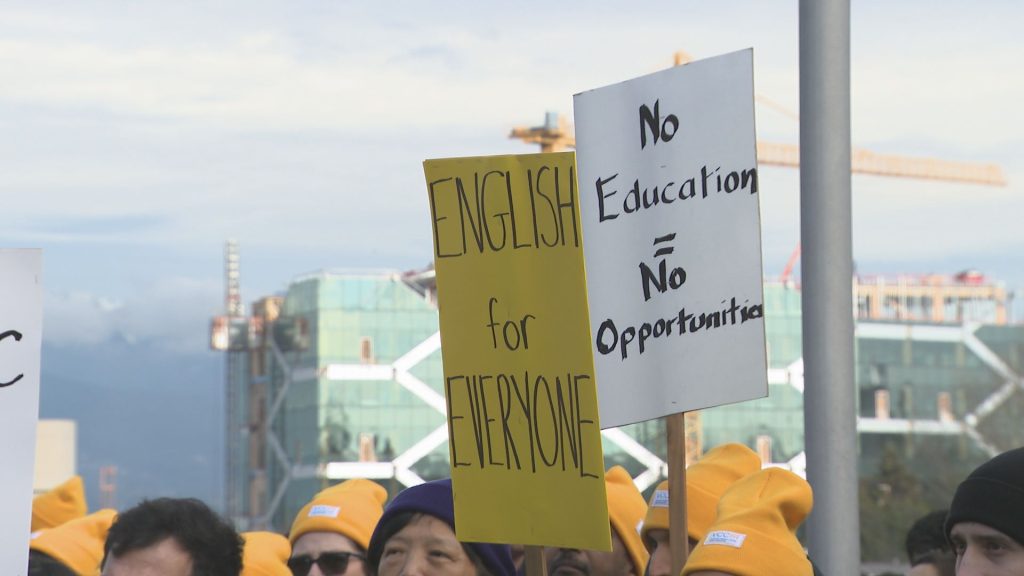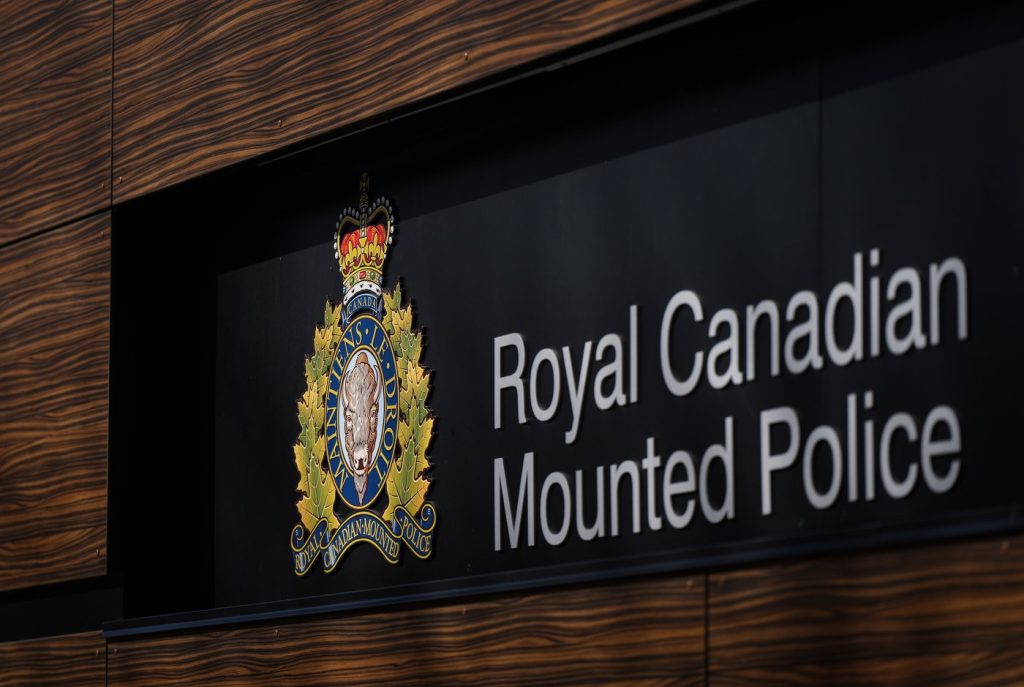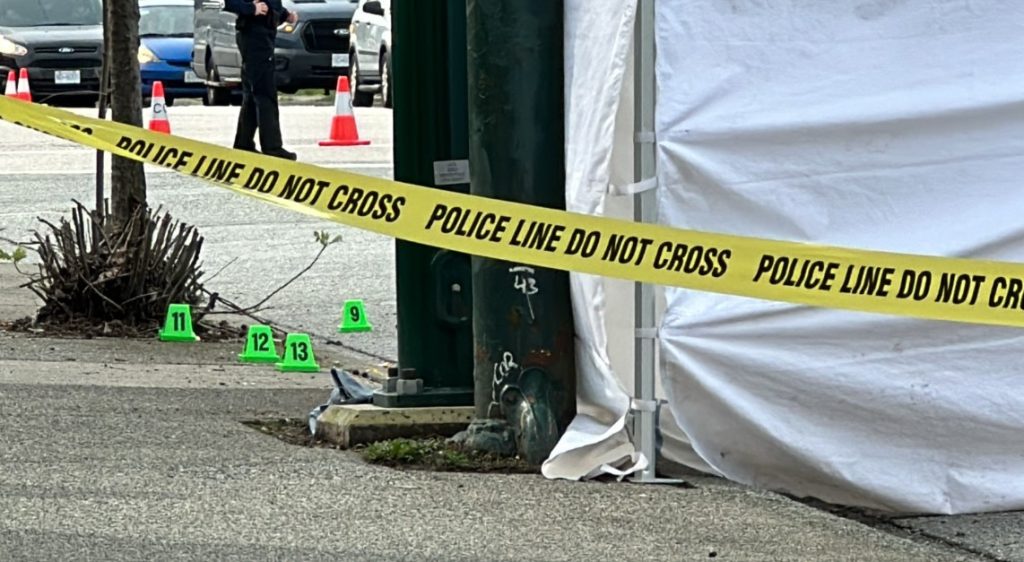Cooler weather, rain change challenges for BC Wildfire Service
Posted August 13, 2024 5:03 pm.
Last Updated August 13, 2024 7:34 pm.
Cooler temperatures are apparently not totally cooling down B.C.’s wildfire fight, as officials warned Tuesday that more are likely to spark in the coming days.
Bruce Ralston, minister of forests and the minister responsible for the BC Wildfire Service, says that’s mostly due to lightning, which has struck parts of the province for 29 days straight.
“Over the last week, we recorded nearly 7,500 lightning strikes in the province, resulting in 256 new wildfire starts,” Ralston told members of the press Tuesday.
He says over 80 per cent of those fires were put out or contained thanks to early efforts by the BCWS.
“That’s an extraordinary testament to the work and the planning of our wildland firefighters, local fire departments, and all our community partners, but we still have several weeks of core wildfire season left,” said Ralston.
He says the immediate forecast will continue to create challenging wildfire conditions. Although cooler temperatures can bring some relief, Ralston says big shifts in weather can also bring high winds and more lightning activity.
“As a result, we are expecting the number of new starts to increase this week, and BC Wildfire Service, as you would expect, is mobilizing resources to be ready to respond.”
Ralston says the BCWS put out 350 fires in the last week alone.
The southern Interior continues to be a hot spot, as it’s home to four of the province’s five current wildfires of note.
Director of the BCWS Cliff Chapman says even when lightning strikes come with rain, the fires they cause may continue to smoulder at low, undetectable levels for days until becoming full-fledged wildfires.
“In particular, in the southern portion of B.C., a lightning fire that is gets a little bit of rain on it could persist and kind of smoulder for two, three, four days,” said Chapman.
There are currently 423 active wildfires in the province. Chapman says that’s almost on par with this time last year, but adds that this season’s fires are much smaller on average. He said a break in hot weather has given initial attack crews a better chance at keeping fires small.
“And I think one of the driving reasons for that is that we have seen a slight downturn in weather over the course of the last seven to 10 days; we went through an extremely warm and dry July. We saw a breakdown of that system, and that created a bunch of fires… But we also have seen a lot of success in August, as we’ve started to see a little bit of rain come into the system, give us a little bit of precipitation on the ground, and change the dynamic of the fire environment and fire behaviour to give us a really better chance of success when it comes to responding to those fires.”








